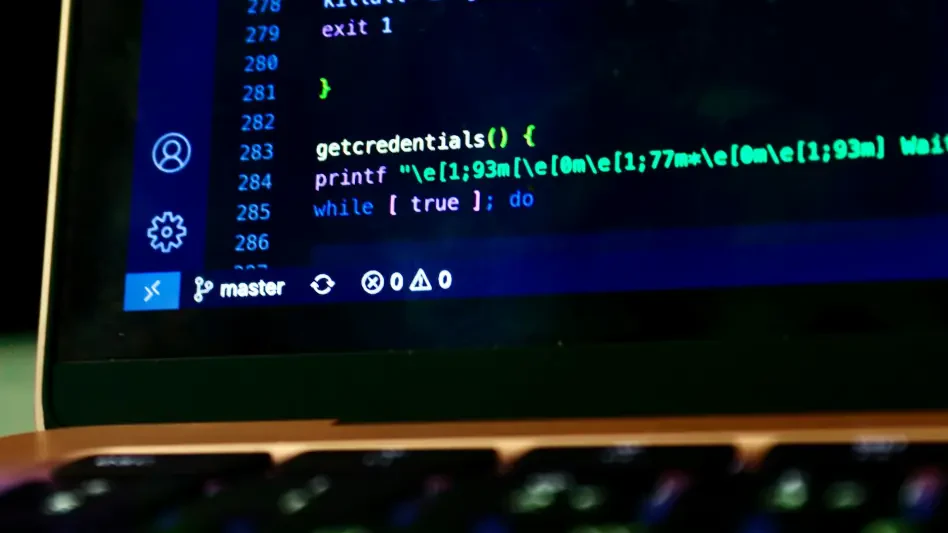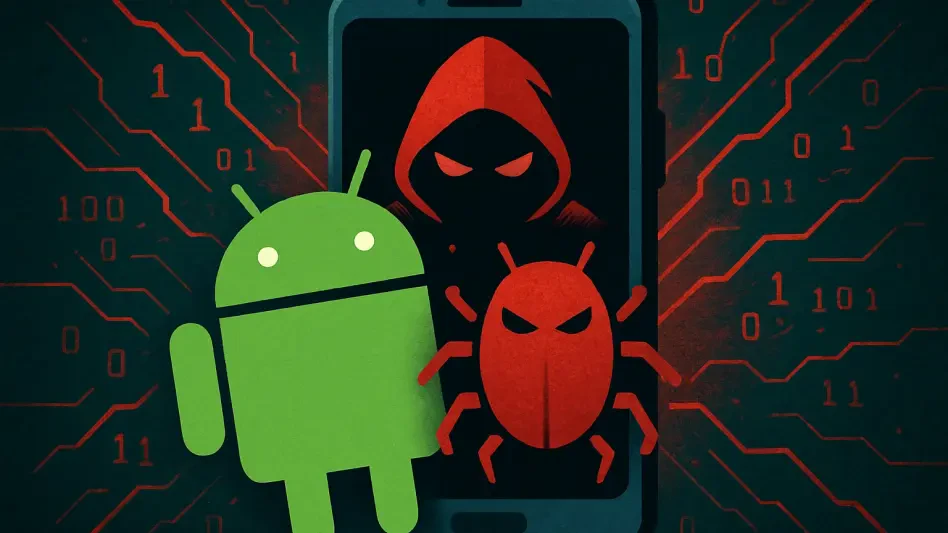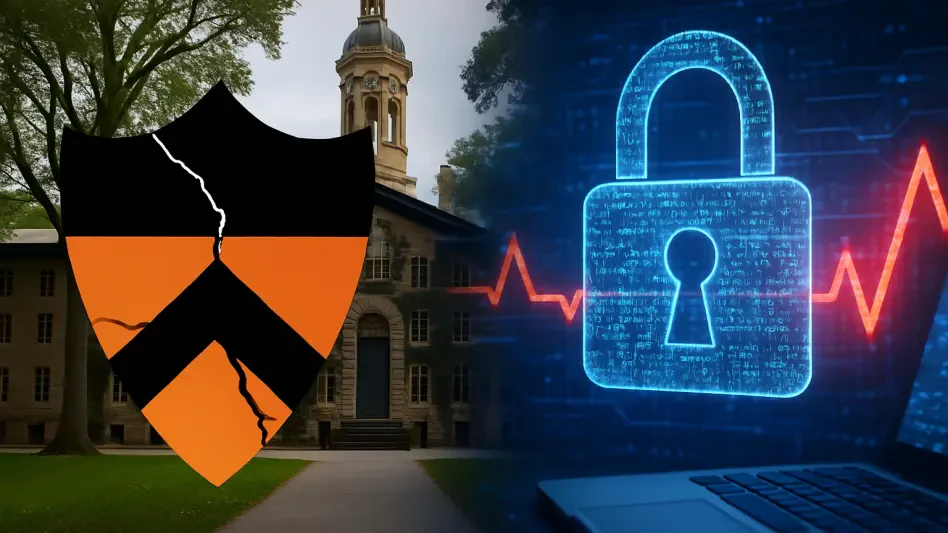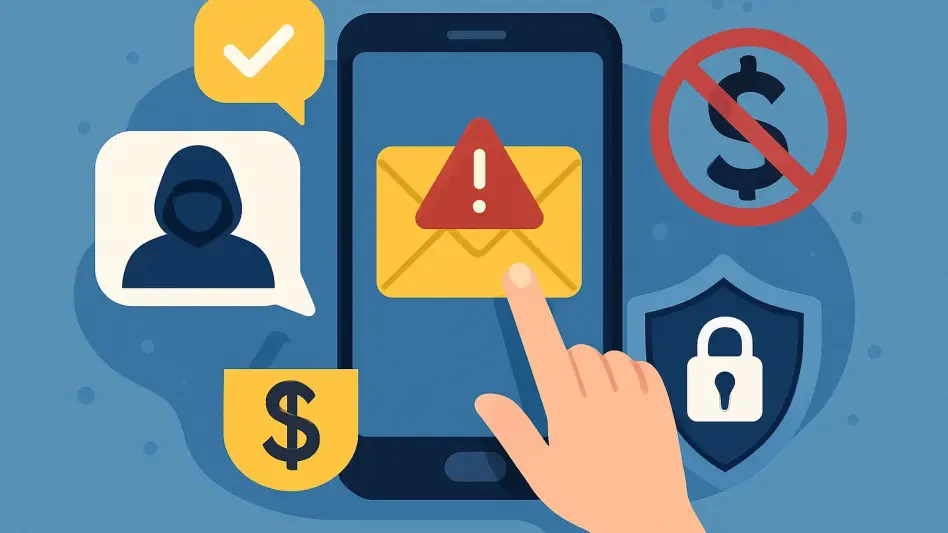The realm of phishing attacks has undergone a dramatic transformation with the emergence of Generative AI (GenAI). This advancement, profoundly highlighted in the Zscaler ThreatLabz 2025 Phishing Report, sheds light on the evolution from conventional phishing techniques to sophisticated, targeted strategies. The year 2024 saw an analysis of over 2 billion blocked phishing transactions on the Zscaler Zero Trust Exchange cloud security platform. This data reveals a notable shift from wide-reaching, generic phishing schemes to highly personalized attacks that exploit specific vulnerabilities in individuals. The use of GenAI has enabled cybercriminals to create deceptive emails, texts, and calls that precisely manipulate the trust of human targets, particularly striking at HR, payroll, and finance teams. Although there was a 20% reduction in global phishing volume in 2024, this decrease is misleading, as the focus has shifted to high-impact individuals and organizations, signaling a strategic change rather than diminished criminal intent.
Emerging Techniques and Tactics
The landscape of cyber threats in 2025 is marked by an increase in advanced phishing techniques aimed at bypassing AI-enhanced security measures. Among the rising tactics, voice phishing, commonly referred to as vishing, is particularly concerning. Attackers impersonate IT support during live conversations, skillfully extracting login credentials from unwary victims. Concurrently, CAPTCHA protections, which once served as security deterrents, are being manipulated by cybercriminals. These CAPTCHA codes now serve as tools to mask malicious phishing sites, lending them an air of authenticity and making them harder to detect. Cryptocurrency scams are also soaring, with criminals setting up fraudulent wallets and exchanges to trick users into giving away credentials and transferring digital funds unscrupulously. Compounding these issues are fake “AI agent” websites that exploit the current buzz around AI technology. These fraudulent platforms present a lure for individuals eager to engage with AI, capturing sensitive information in the process.
The education sector has emerged as a particularly vulnerable target, experiencing a staggering 224% rise in phishing attacks. This is attributed to weak security infrastructures and predictable academic schedules that provide an opportune moment for cybercriminals to strike. Furthermore, tech support and job scams are increasingly exploiting social media and live chat tools, resulting in a significant 159 million hits. Despite a 31.8% decrease in phishing incidents in the U.S., which benefited from stronger email authentication technologies like DMARC, the nation still ranks high on the global list of targets. This data underscores the necessity for increased vigilance and advanced security protocols across all sectors, particularly those still lagging in awareness and protection against new-age phishing techniques.
Strengthening Defenses with Zero Trust
Amid these escalating threats, innovative security solutions like the Zscaler Zero Trust Exchange offer a formidable defense against GenAI-powered phishing. This comprehensive platform functions by inspecting TLS/SSL traffic in real-time, effectively identifying and blocking malicious content. It further bolsters security by isolating suspicious websites within secure browser sessions, thereby preventing potential exploits. A critical feature of the Zero Trust Exchange is its ability to prevent lateral movement within networks by establishing direct connections between users and applications. This is achieved through AI-driven segmentation, which ensures any breaches remain confined to isolated applications rather than spreading across broader systems. To address the persistent threat of compromised accounts and insider security risks, context-aware policies are employed, fortified by multi-factor authentication and deception technologies. Additionally, a robust real-time data loss prevention mechanism safeguards sensitive information across applications, emails, and GenAI tools. By thwarting data exfiltration attempts, this platform significantly enhances an organization’s cybersecurity posture, maintaining a proactive defense against ever-evolving digital threats.
Future Considerations and Security Measures
The landscape of phishing attacks has dramatically evolved with the rise of Generative AI (GenAI), a fact emphasized in the Zscaler ThreatLabz 2025 Phishing Report. This report illustrates the shift from traditional phishing methods to more refined, targeted strategies. In 2024, an extensive review of over 2 billion blocked phishing attempts on the Zscaler Zero Trust Exchange cloud security platform was conducted. The comprehensive analysis highlights a marked transition from broad, generic phishing tactics to personally tailored attacks aimed at exploiting specific vulnerabilities of individuals. Leveraging GenAI, cybercriminals have crafted emails, messages, and phone calls that adeptly exploit trust, specifically targeting HR, payroll, and finance teams. Even though there was a 20% reduction in global phishing volume in 2024, this decline masks a change in focus towards high-value individuals and organizations, reflecting a strategic shift in cybercriminal activities rather than a decrease in malicious intent.








